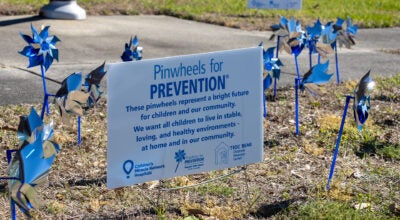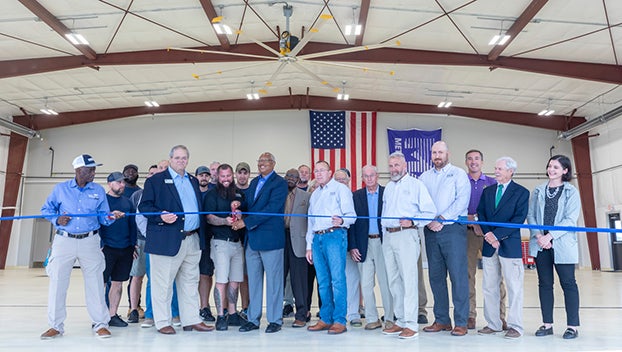Flood map changes could save property owners money
Published 5:58 pm Monday, August 22, 2016
Changes to the city’s flood maps could affect Washington property owners’ flood insurance coverage, especially premiums.
The Washington Planning Board is scheduled to discuss flood map changes during its meeting today.
In a related issue, if federal officials reduce Washington’s flood-insurance rating from 7 to 6 this fall, flood-insurance policyholders in the city would receive a 20-percent discount on their premiums.
“Flood risks change over time. When flood maps are updated, you might learn that your property’s risk is higher or lower than before. This can affect flood insurance costs and lender requirements for insurance,” reads the floodsmart.gov website.
The federal government is redrawing floodplain maps across the nation, John Rodman, the city’s director of community and cultural, resources told the council earlier this summer. “This is going to be quite a change for the city,” he said then.
Currently, new houses built in the 100-year floodplain are required to have their first floor (habitable) at the base flood elevation (either 9 or 10 feet in Washington), according to Allen Pittman, the city’s senior building code official. If that required elevation is less after the new flood maps are approved, that likely would lower costs of building houses in the 100-year floodplain, Rodman said.
Not only is Washington’s flood maps scheduled for updates, so are flood maps for Aurora, Bath, Belhaven, Chocowinity, Pantego, Washington Park and Beaufort County.
When new maps are issued, a property owner’s flood risk may have changed, as well along with flood insurance requirements. If a property is mapped out of a high-risk area, the owner’s flood insurance costs will likely decrease, according to the Federal Emergency Management Agency. If a property is mapped into a high-risk area, the owners will be required to purchase flood insurance if the mortgage is through a federally regulated or insured lender. Property owners can save money with the newly mapped procedure and through a process known as grandfathering provided by the National Flood Insurance Program. Under newly mapped procedure, a property owner, for the first year following a map change, can obtain a flood insurance policy at a rate equal to the lower-cost Preferred Risk Policy rate, though a higher reserve fund assessment and federal policy fee will apply. After the first year, the rate begins transitioning to a full-risk rate, with annual rate increases of no more than 18 percent.
Property owners who do not have flood insurance and find their buildings will be mapped into a special flood hazard area. FEMA encourages them to purchase a PRP policy before the new maps become effective. Such property owners will be covered for their actual flood risk and able to renew their policies at the lower-cost PRP rate for another year during the first 12 months after the new map becomes effective.
People with property near a levee may find their flood risk might be higher than they thought. Hundreds of levees across the country no longer meet federal standards for protection, so when new maps are issued, these areas will be shown as high risk.
The board meets at 7 p.m. today in the Council Chambers in the Municipal Building, 102 E. Second St. To view the board’s agenda for a specific meeting, visit the city’s website at www.washingtonnc.gov, click “City Agendas” then click the “Planning Board” heading, then click on the date for the appropriate agenda.






